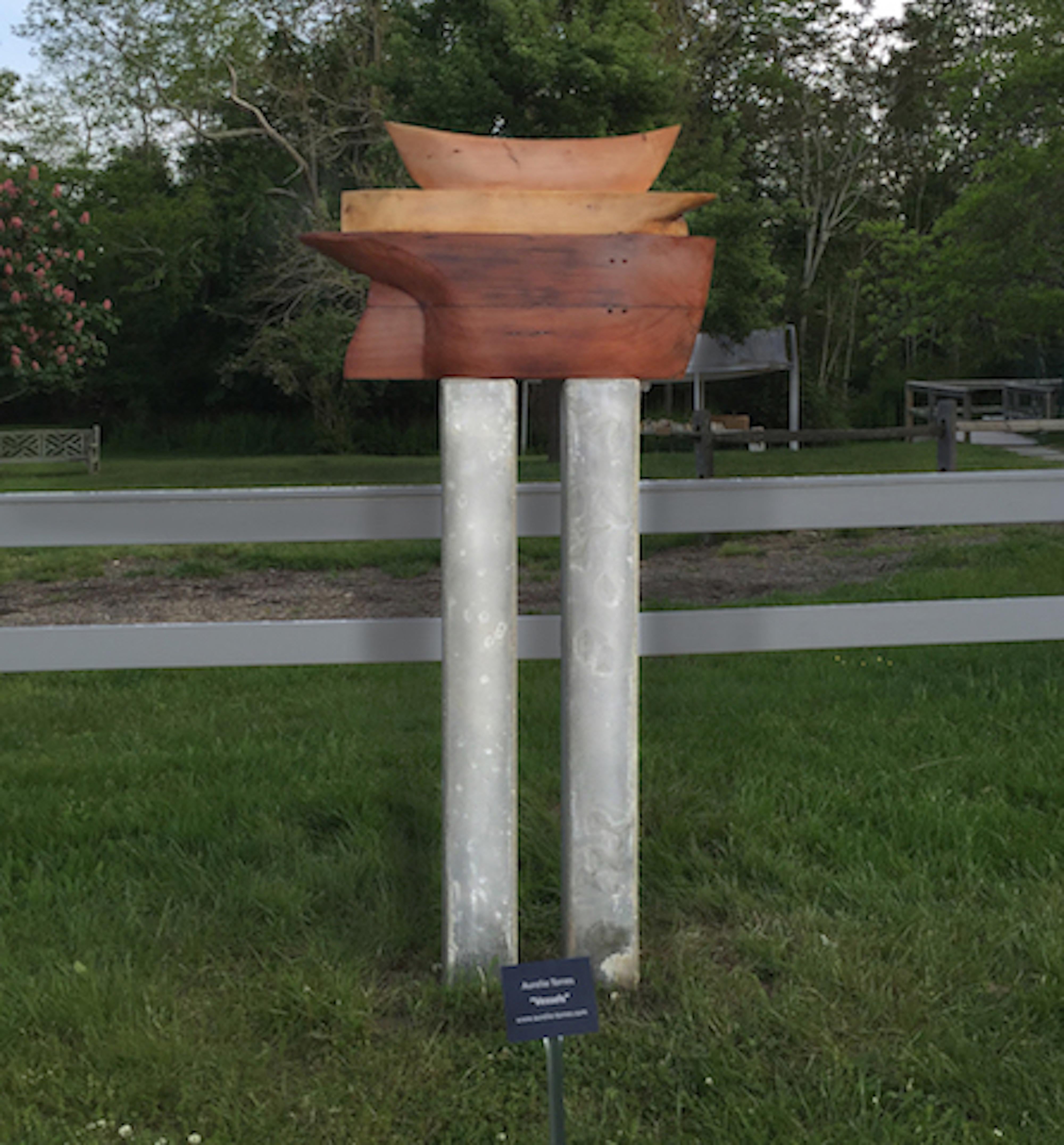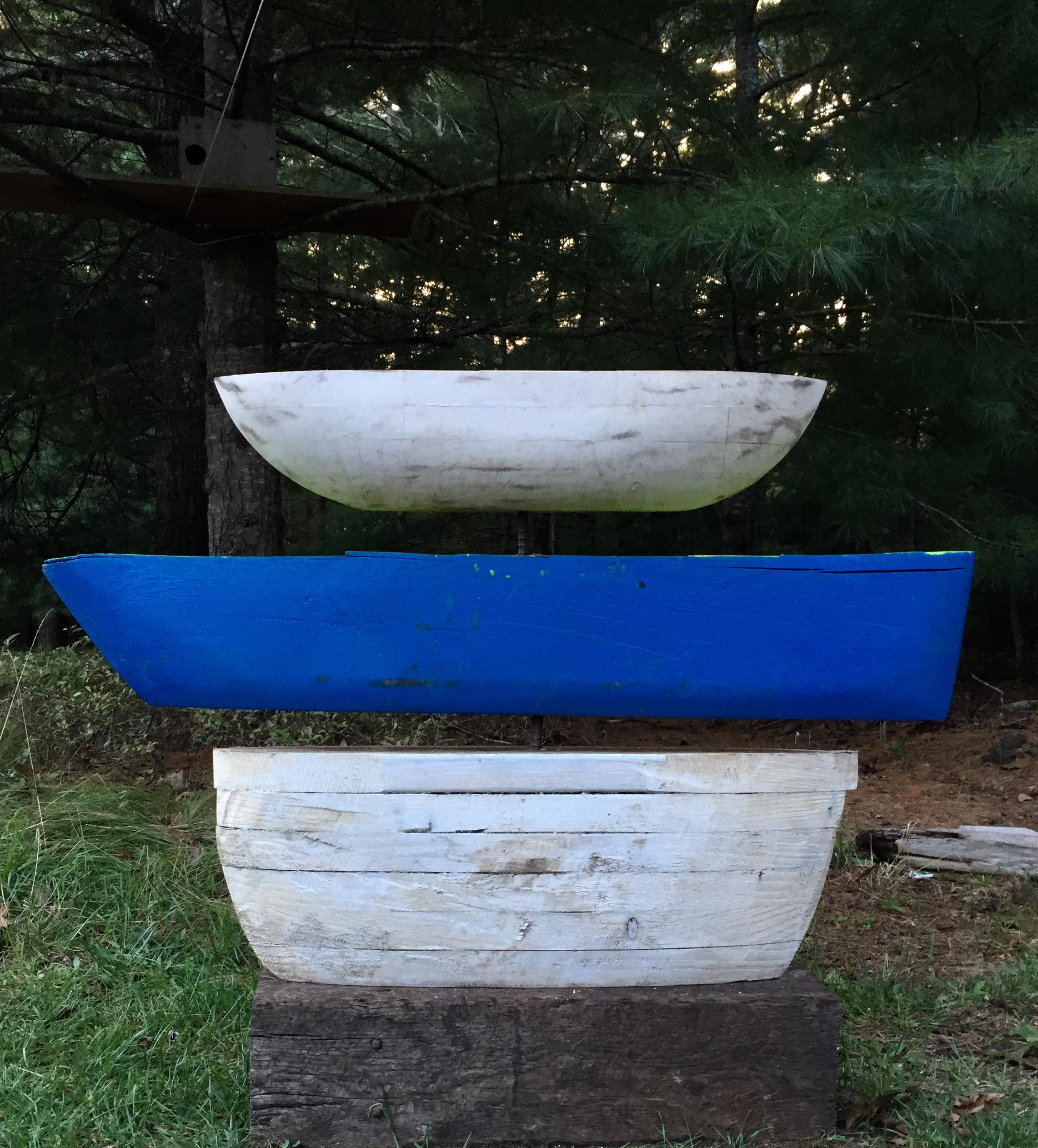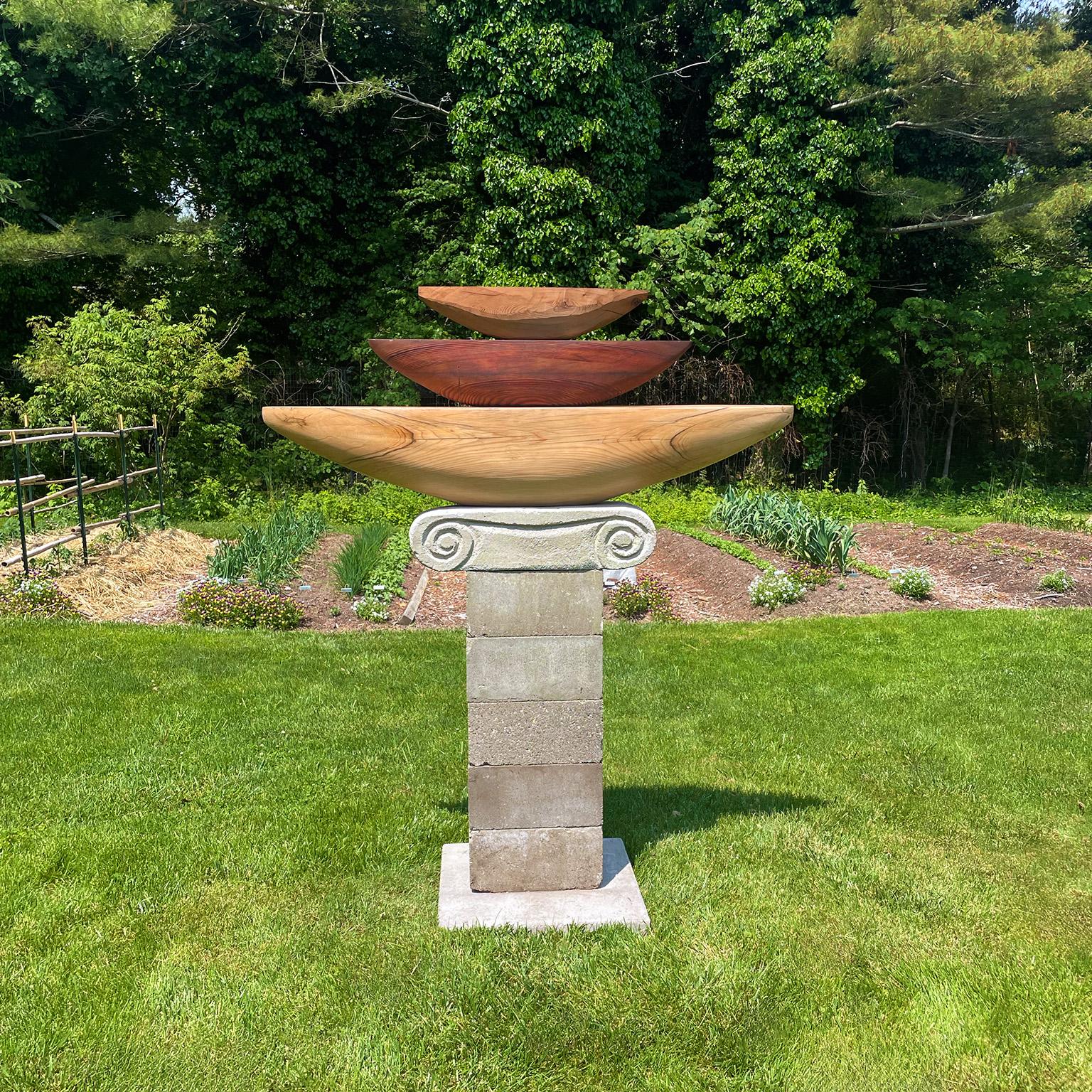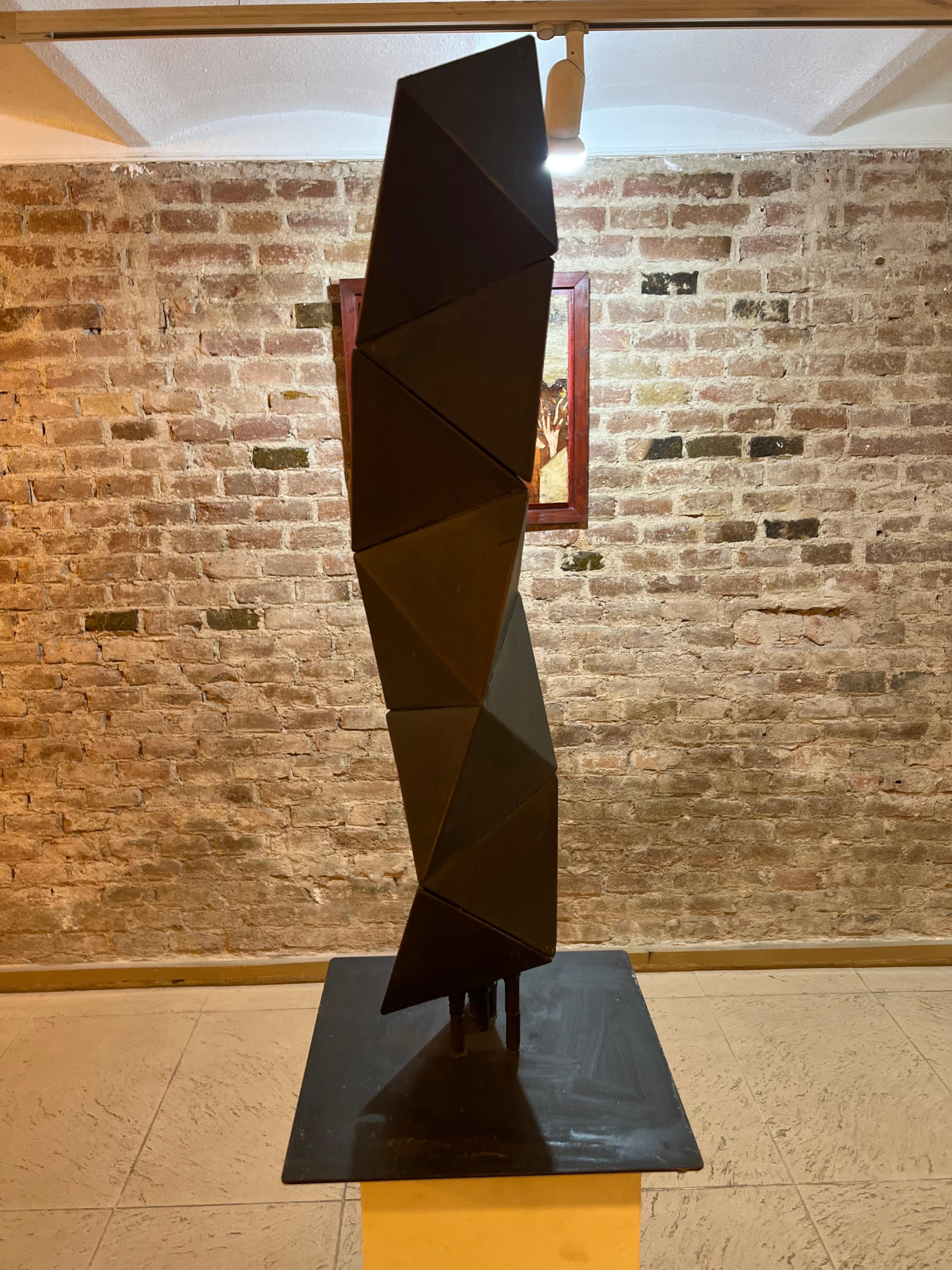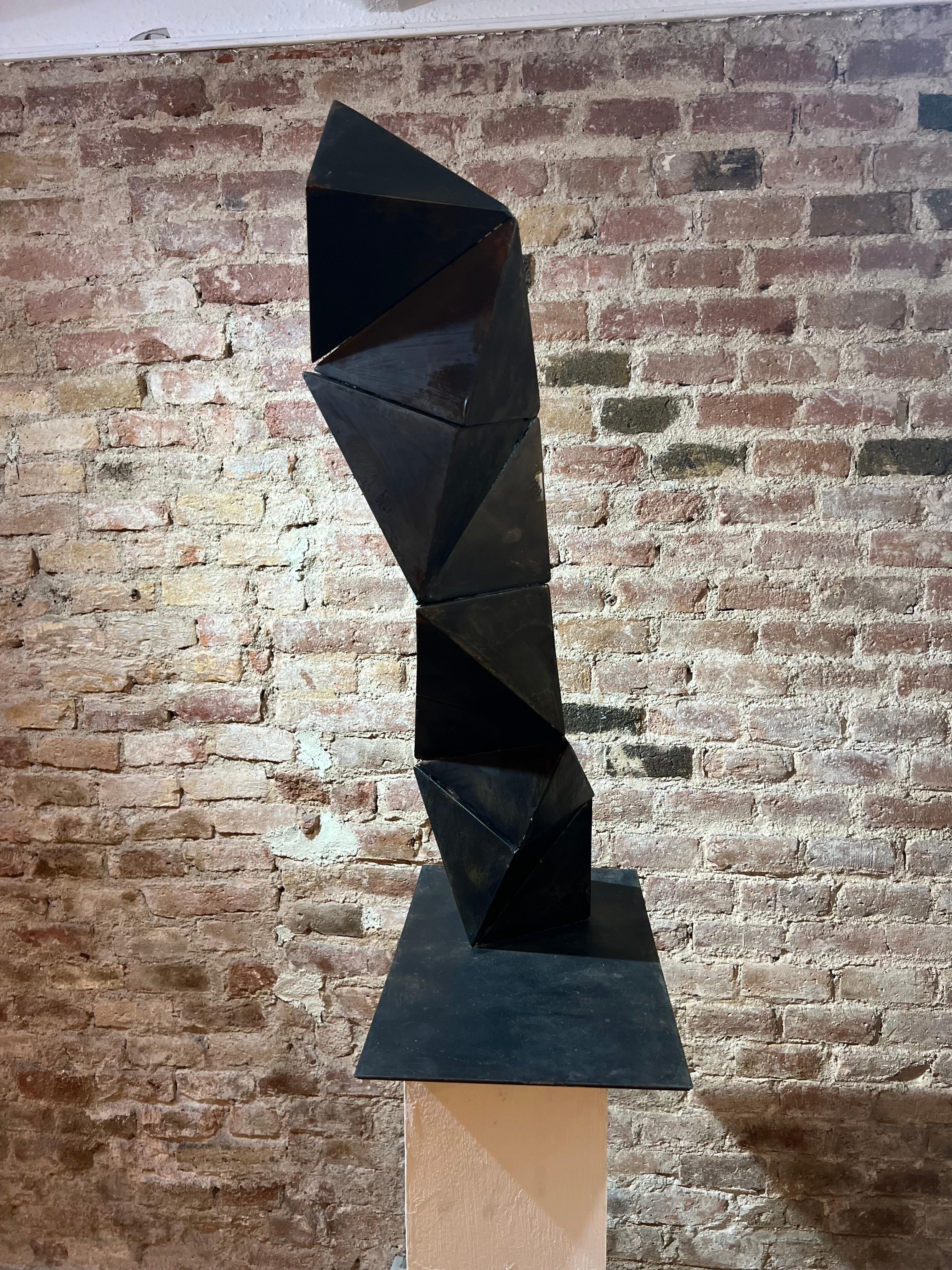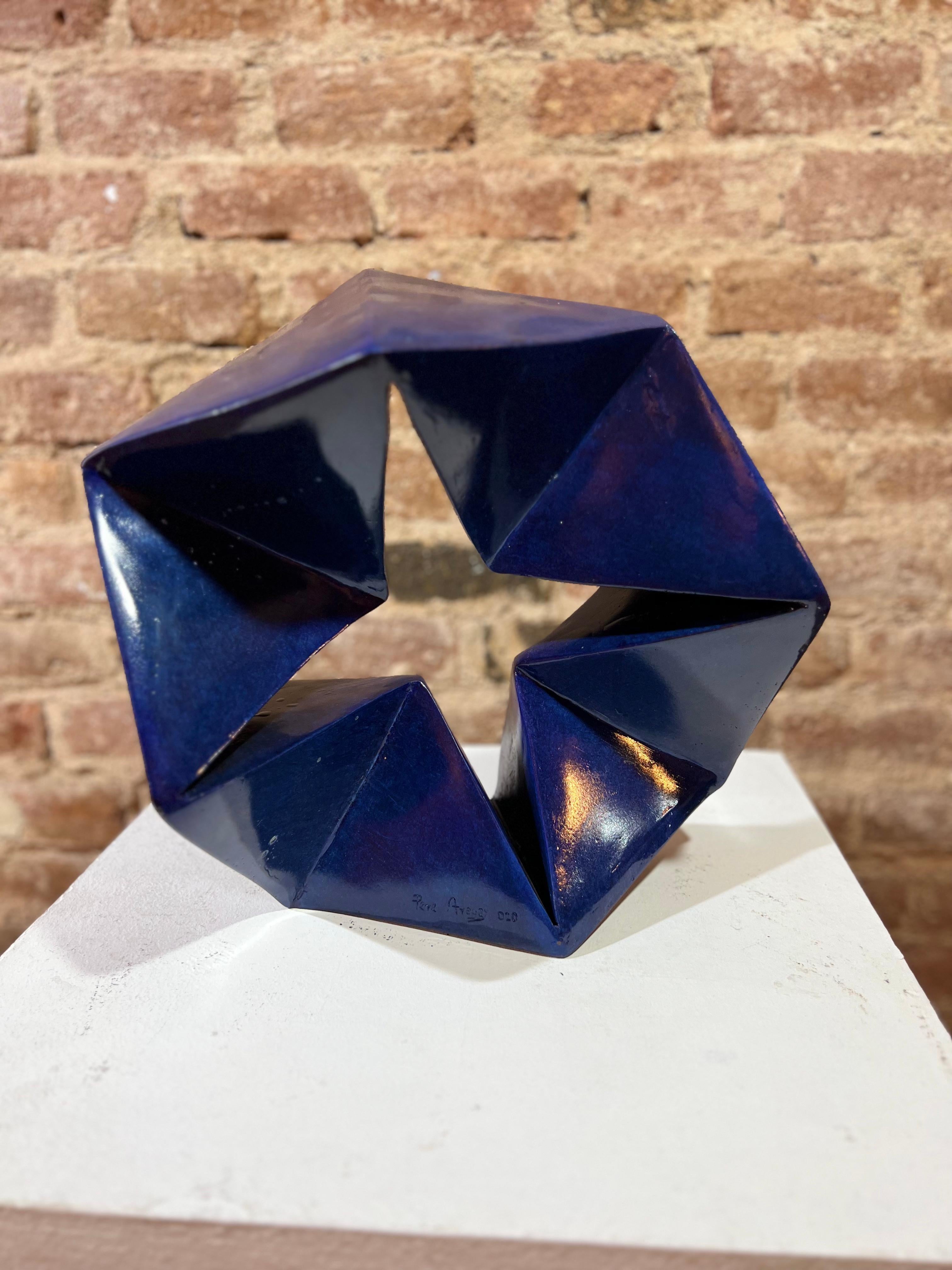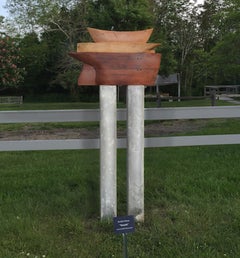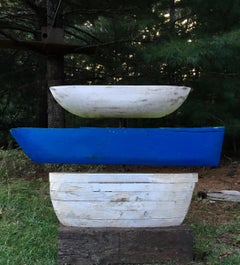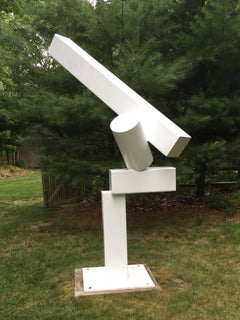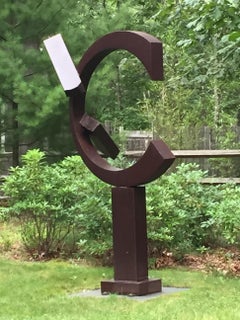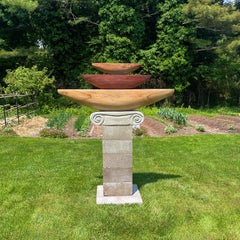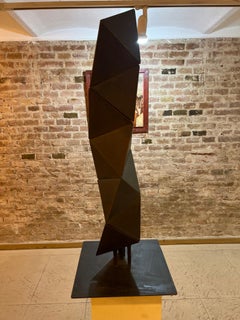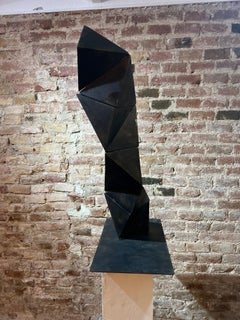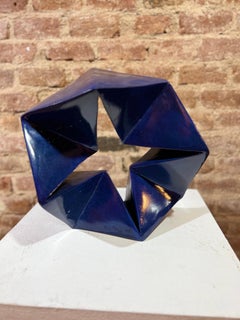Want more images or videos?
Request additional images or videos from the seller
1 of 5
Aurelio TorresThe 3 Quinquerimi2018
2018
$9,200
£6,889.46
€7,944.26
CA$12,931.01
A$14,127.09
CHF 7,411.03
MX$171,873.51
NOK 92,196.40
SEK 87,294.43
DKK 59,305.27
About the Item
Abstract Sculpture. Can be outside or inside. Materials are reclaimed lumber.
About the Artist:
Born in Montevideo, Uruguay to a family of artists, Aurelio was raised in New York City. His father, Horacio Torres, was an accomplished classically trained artist. Aurelio’s artistic training was in Barcelona, Spain, where he studied for several years with his uncle Augusto Torres, also a classically trained painter. Aurelio’s grandfather, was the acclaimed Modernist Master Joaquin Torres-Garcia. Aurelio’s travels have inspired him to create much of his work in natural, outdoor settings. His aesthetic sensibility is one of essential simplicity and natural, uncontrived beauty.
- Creator:
- Creation Year:2018
- Dimensions:Height: 64 in (162.56 cm)Width: 16 in (40.64 cm)Depth: 13 in (33.02 cm)
- Medium:
- Movement & Style:
- Period:
- Condition:
- Gallery Location:New York, NY
- Reference Number:1stDibs: LU64433366843
About the Seller
5.0
Vetted Professional Seller
Every seller passes strict standards for authenticity and reliability
Established in 2015
1stDibs seller since 2017
37 sales on 1stDibs
Typical response time: Several days
- ShippingRetrieving quote...Shipping from: New York, NY
- Return Policy
Authenticity Guarantee
In the unlikely event there’s an issue with an item’s authenticity, contact us within 1 year for a full refund. DetailsMoney-Back Guarantee
If your item is not as described, is damaged in transit, or does not arrive, contact us within 7 days for a full refund. Details24-Hour Cancellation
You have a 24-hour grace period in which to reconsider your purchase, with no questions asked.Vetted Professional Sellers
Our world-class sellers must adhere to strict standards for service and quality, maintaining the integrity of our listings.Price-Match Guarantee
If you find that a seller listed the same item for a lower price elsewhere, we’ll match it.Trusted Global Delivery
Our best-in-class carrier network provides specialized shipping options worldwide, including custom delivery.More From This Seller
View AllVessels
By Aurelio Torres
Located in New York, NY
Abstract Sculpture. Can be outside or inside. Materials are cement and reclaimed lumber.
About the Artist:
Born in Montevideo, Uruguay to a family of artists, Aurelio was rais...
Category
2010s Abstract Abstract Sculptures
Materials
Mixed Media
Quinquerimi with Blue
By Aurelio Torres
Located in New York, NY
Abstract Sculpture. Can be outside or inside. Materials are reclaimed lumber.
About the Artist:
Born in Montevideo, Uruguay to a family of artists, Aurelio was raised in New York City. His father, Horacio Torres, was an accomplished classically trained artist. Aurelio’s artistic training was in Barcelona, Spain, where he studied for several years with his uncle Augusto Torres, also a classically trained painter. Aurelio’s grandfather, was the acclaimed Modernist Master Joaquin Torres...
Category
2010s Abstract Abstract Sculptures
Materials
Mixed Media
NorEaster
By Ed Haugevik
Located in New York, NY
Abstract Sculpture. Painted White.
About the Artist:
Ed Haugevik has established a career as professional sculptor placing his work at numerous private and public sites througho...
Category
2010s Abstract Abstract Sculptures
Materials
Stainless Steel
$125,000
Consequence
By Ed Haugevik
Located in New York, NY
Abstract Sculpture.
About the Artist:
Ed Haugevik has established a career as professional sculptor placing his work at numerous private and public sites throughout the country. ...
Category
2010s Abstract Abstract Sculptures
Materials
Steel
$85,000
Due Battello Bianche
By Aurelio Torres
Located in New York, NY
Abstract Sculpture. Can be outside or inside. Materials are concrete, steel and reclaimed lumber.
About the Artist:
Born in Montevideo, Uruguay to a family of artists, Aurelio was raised in New York City. His father, Horacio Torres, was an accomplished classically trained artist. Aurelio’s artistic training was in Barcelona, Spain, where he studied for several years with his uncle Augusto Torres, also a classically trained painter. Aurelio’s grandfather, was the acclaimed Modernist Master Joaquin Torres...
Category
2010s Abstract Abstract Sculptures
Materials
Concrete, Steel
Artemis
By Ed Haugevik
Located in New York, NY
Abstract Sculpture.
About the Artist:
Ed Haugevik has established a career as professional sculptor placing his work at numerous private and public sites throughout the country. ...
Category
2010s Abstract Abstract Sculptures
Materials
Stainless Steel
$120,000
You May Also Like
"Three Hulls IV", Contemporary Outdoor Sculpture by Aurelio Torres
By Aurelio Torres
Located in New York, NY
"Three Hulls IV" by Aurelio Torres
Contemporary sculpture made from reclaimed lumber and concrete
Aurelio Torres is a classically trained painter who distills the aesthetic laws of ...
Category
2010s Abstract Sculptures
Materials
Concrete
Untitled
Located in Barcelona, BARCELONA
The sculpture is being offered with a work and authenticity certificate
Category
2010s Abstract Abstract Sculptures
Materials
Metal
Untitled
Located in Barcelona, BARCELONA
The sculpture is being offered with a work and authenticity certificate
Category
2010s Abstract Abstract Sculptures
Materials
Metal
Untitled
Located in Barcelona, BARCELONA
The sculpture is being offered with a work and authenticity certificate
Category
2010s Abstract Abstract Sculptures
Materials
Resin
Joel Urruty - Forma, Sculpture 2024
By Joel Urruty
Located in Greenwich, CT
Medium: White-washed wood
As an artist I strive to create elegant sculptures that capture the true essence of the subject matter. Form, line and surface are used as the visual langu...
Category
2010s Contemporary Abstract Sculptures
Materials
Wood
Joel Urruty - Balta, Sculpture 2020
By Joel Urruty
Located in Greenwich, CT
Mahogany, dye, lacquer, concrete
As an artist I strive to create elegant sculptures that capture the true essence of the subject matter. Form, line and surface are used as the visua...
Category
2010s Contemporary Abstract Sculptures
Materials
Wood, Lacquer, Dye, Pigment
